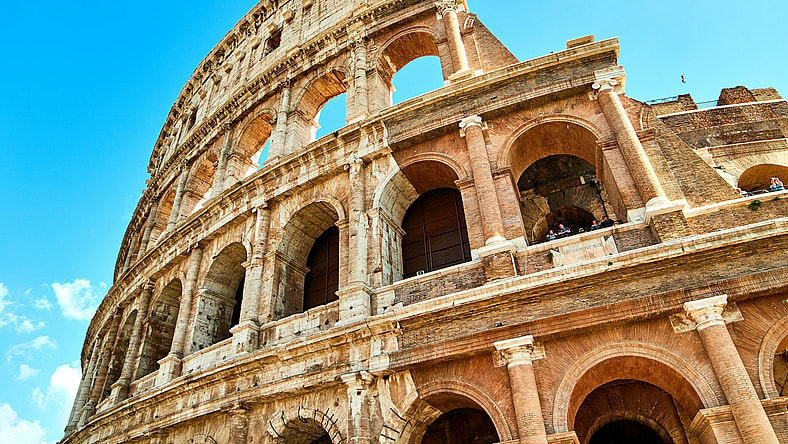
While similar to the wonders of the ancient world, the Seven Wonders of the Modern World started in 2001 when a campaign was launched to pick from a selection of 200 existing monuments. While the voting and campaigning were somewhat controversial for certain groups, there is no denying the mind-blowing construction of these monuments. Scattered worldwide, each monument translates to a rich history and a connection to the people who live there. If you want to learn more about the seven wonders of the modern world, continue reading below.
7. Christ the Redeemer
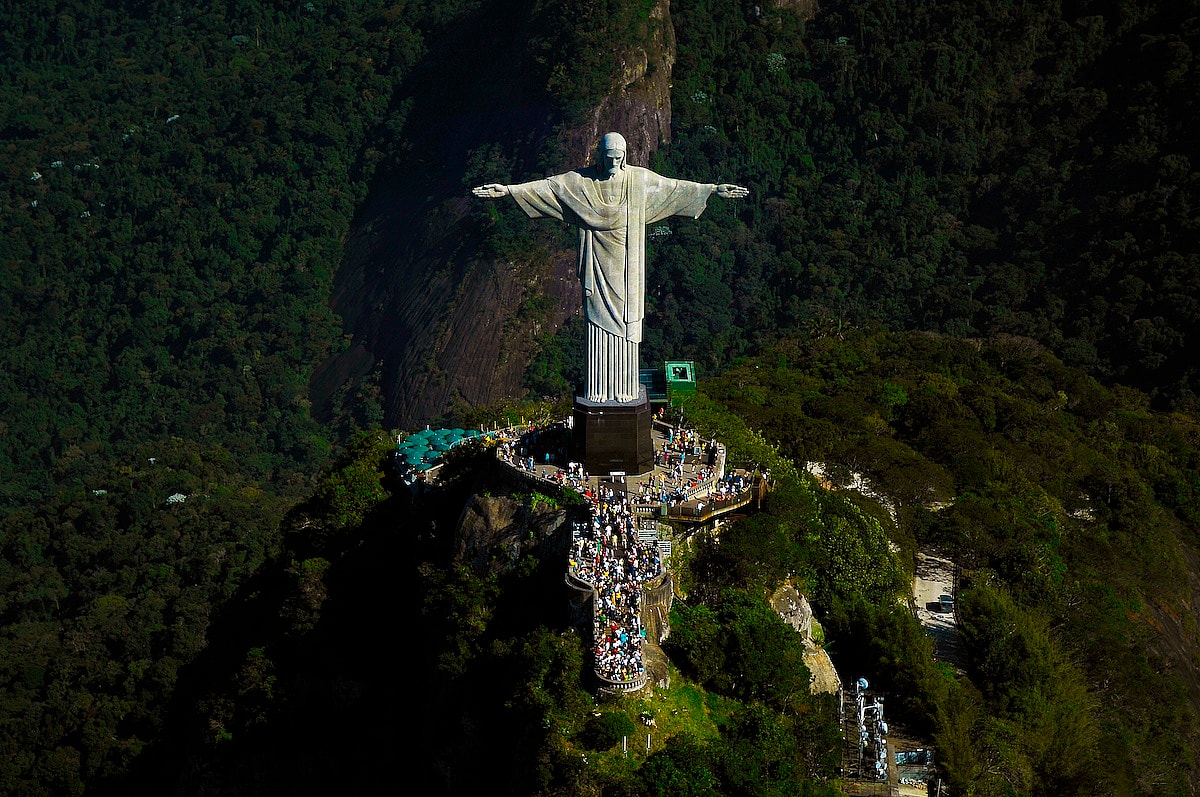
Travel to Brazil for one of the Seven Wonders of the Modern World, Christ the Redeemer. The newest wonder by many years, construction was completed in 1931. Christ the Redeemer is a huge symbol of Rio de Janeiro, created by a French-Polish sculptor and Brazilian and French engineers. It stands nearly 100 feet tall on a 26-foot pedestal, with the arms stretching across 92 feet. The statue is not only an icon of Brazil but a symbol of Christianity worldwide.
RELATED: What Are the Seven Wonders of the Ancient World?
6. Chichén Itzá
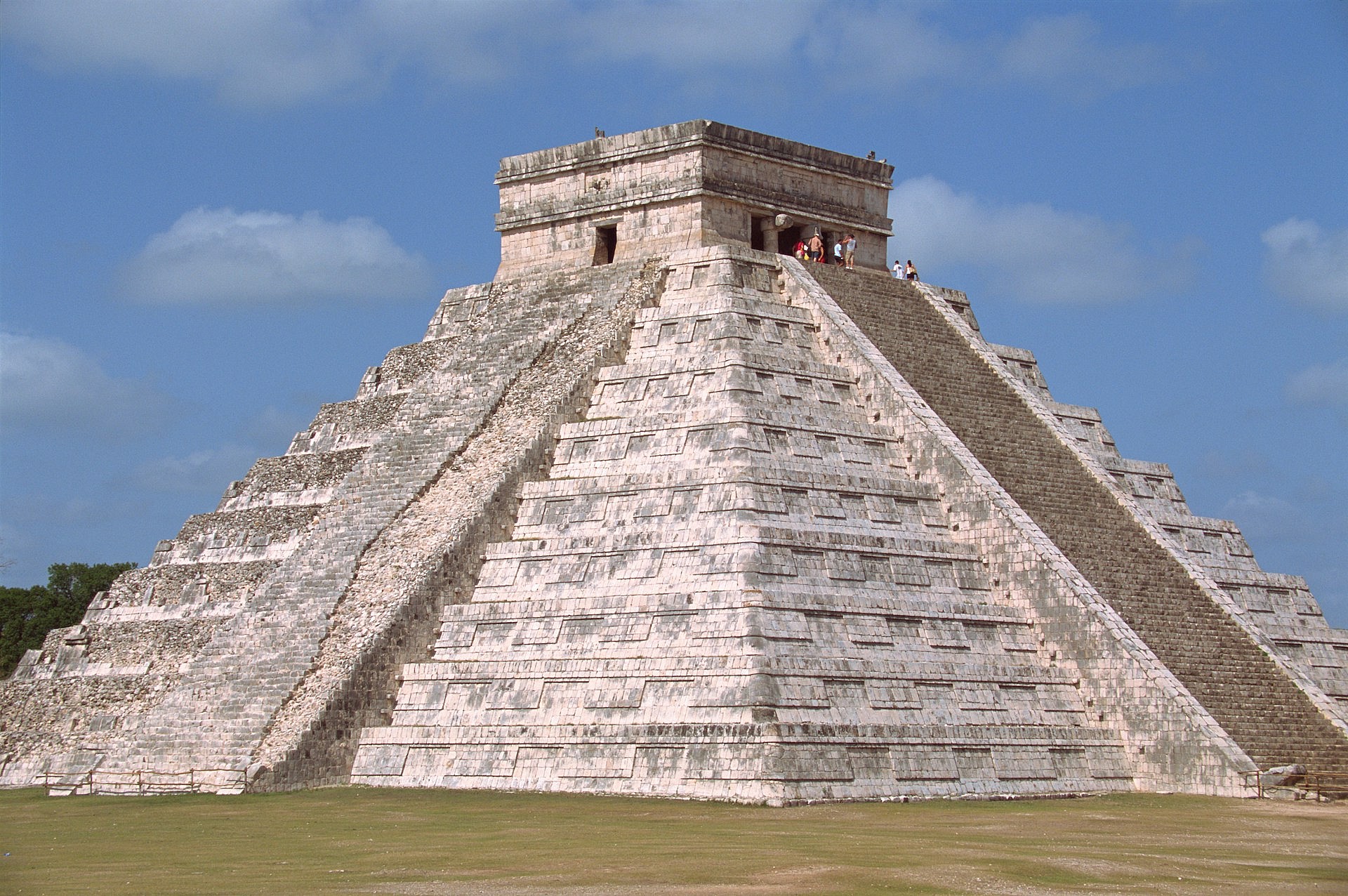
Next up on the list of Seven Wonders of the Modern World is Chichén Itzá, which sits in Mexico. The UNESCO World Heritage site was a major city during the Mayan period and has since been partly preserved and rebuilt. This includes perhaps the main focal point, the Temple of Kukulcán, which is one of the most visited archaeological sites in Mexico. The city was built in the 5th century AD and represents the Mayans’ religion and rituals for their daily lives.
5. Petra
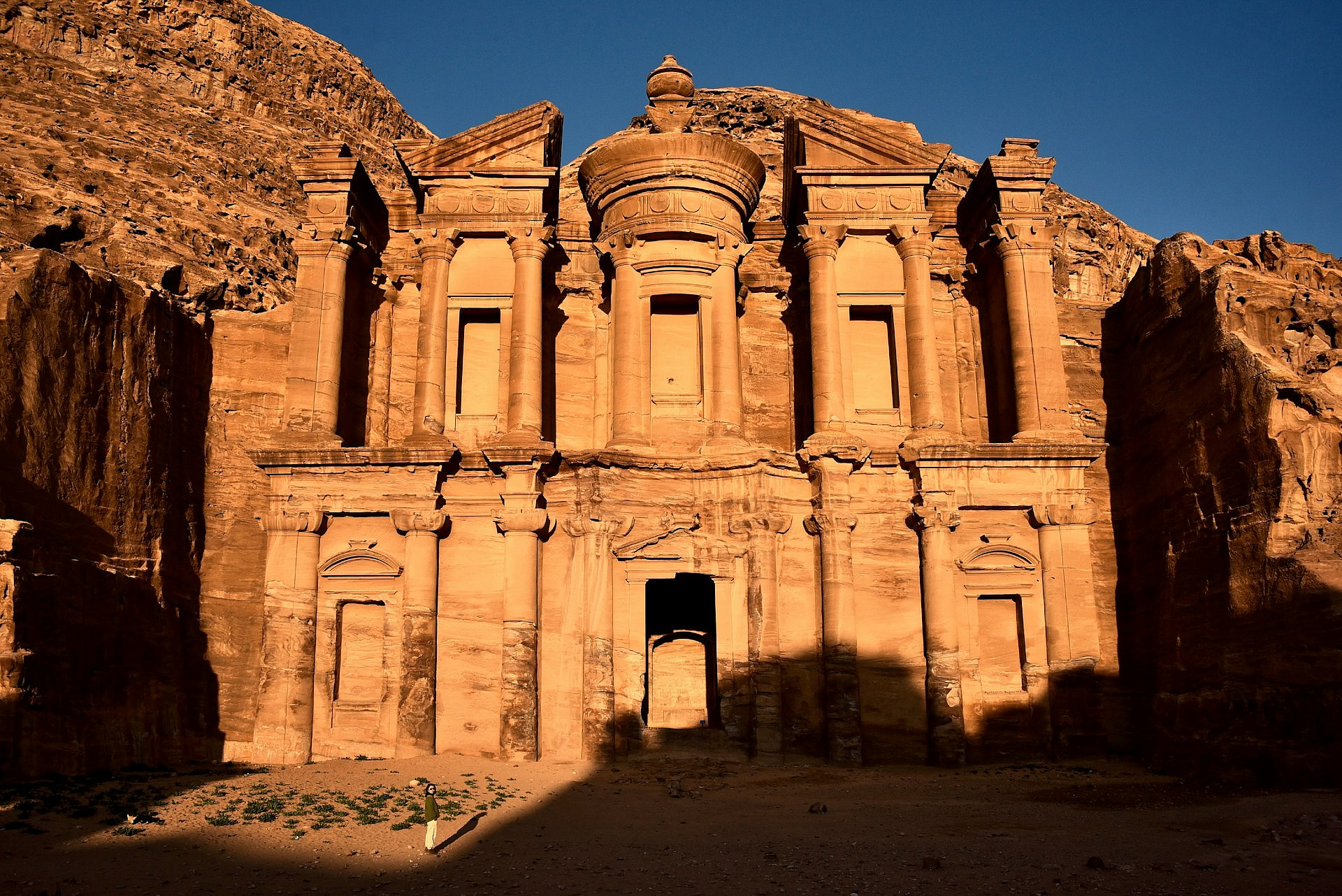
We head over to Jordan for the next selection of the Seven Wonders of the Modern World. The sandstone city of Petra was built by the Nabataeans in the 3rd century BC, carved right into the rock faces of cliffs in southwestern Jordan. Featuring incredible infrastructure that housed many Nabataeans and controlled water flow, the city flourished until the Romans conquered the city at the beginning of the 2nd century AD. It was situated on busy trade routes between the Red Sea and the Dead Sea, connecting many cultures for thousands of years.
CHECK OUT: What Is the Oldest Artifact in the World?
4. Taj Mahal
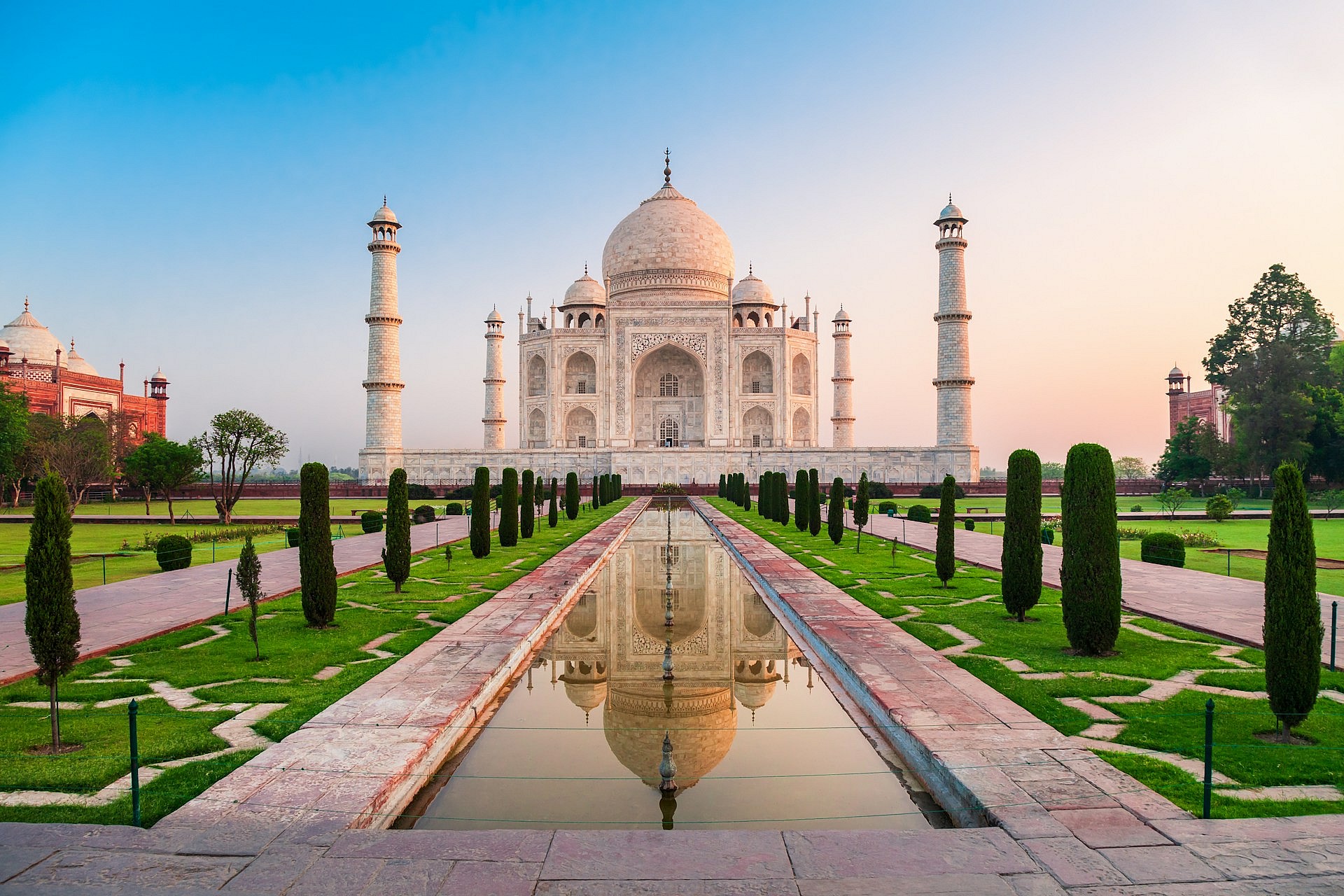
It’s no surprise that the Taj Mahal is one of the Seven Wonders of the Modern World, contracted by Mughal emperor Shah Jahan in memory of one of his wives, Mumtaz Mahal, after her death. The building was finished in 1648 after 17 years of construction, each piece demonstrating a lesson in symmetry. The building was so gorgeous that Jahan’s son Aurangzeb also buried him there alongside his wife, which is one of the only things in the monument that is not symmetrical.
ALSO READ: 15 Unexplained Ancient Artifacts From Around The World
3. Macchu Picchu
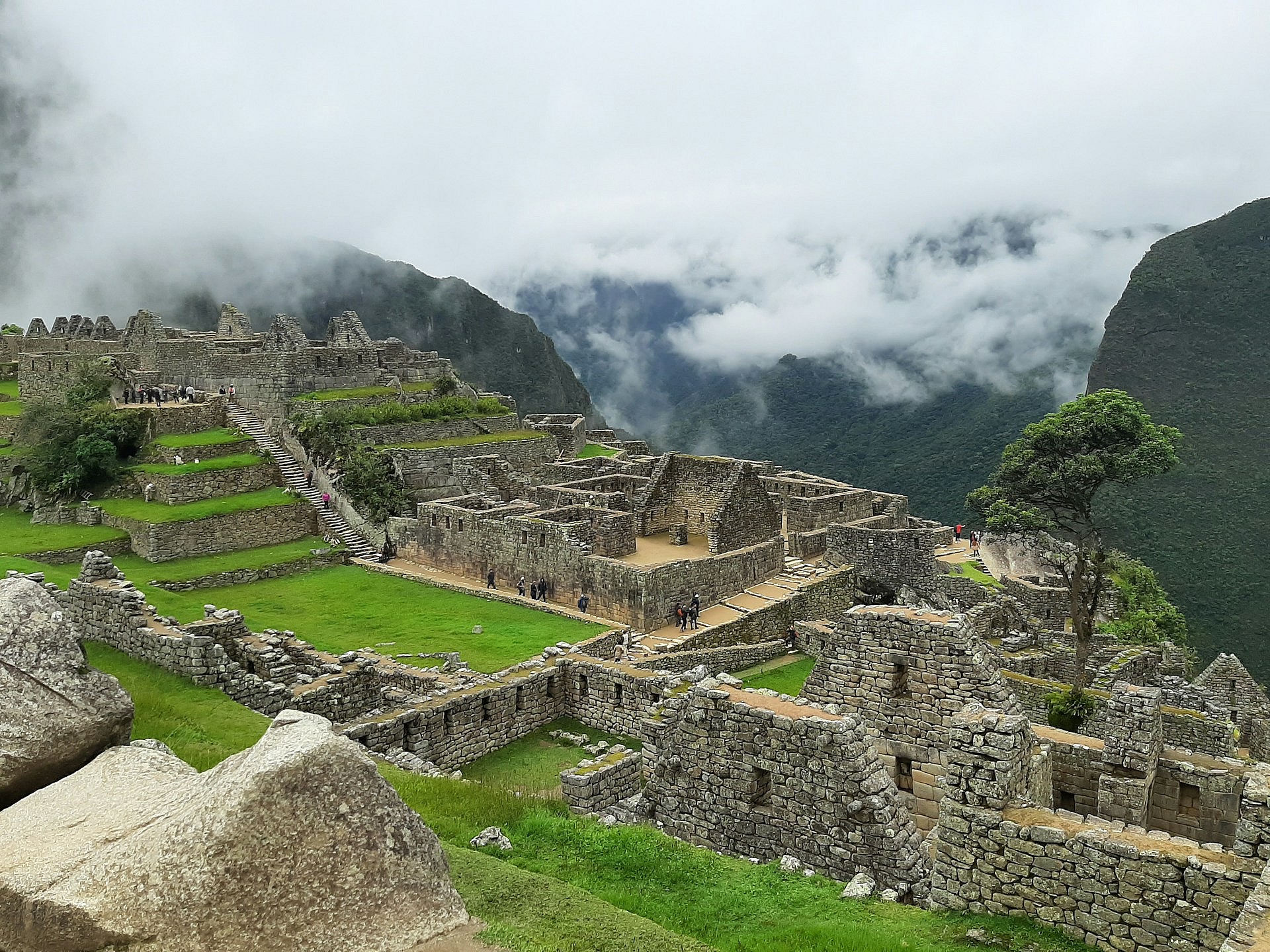
Hidden in the high peaks of Peru is another selection for the Seven Wonders of the Modern World. Macchu Picchu was built by the Incas, who were renowned for an expansive series of roads that crossed mountains, deserts, and coastlines of South America. Their most incredible feat, though, is the building of Macchu Picchu, a citadel situated at 8,000 feet in elevation in the Andes. There are around 200 structures on the mountain ridge, likely built for the emperor Pachacuti Inca Yupanqui who ruled in the mid-15th century.
2. Great Wall of China
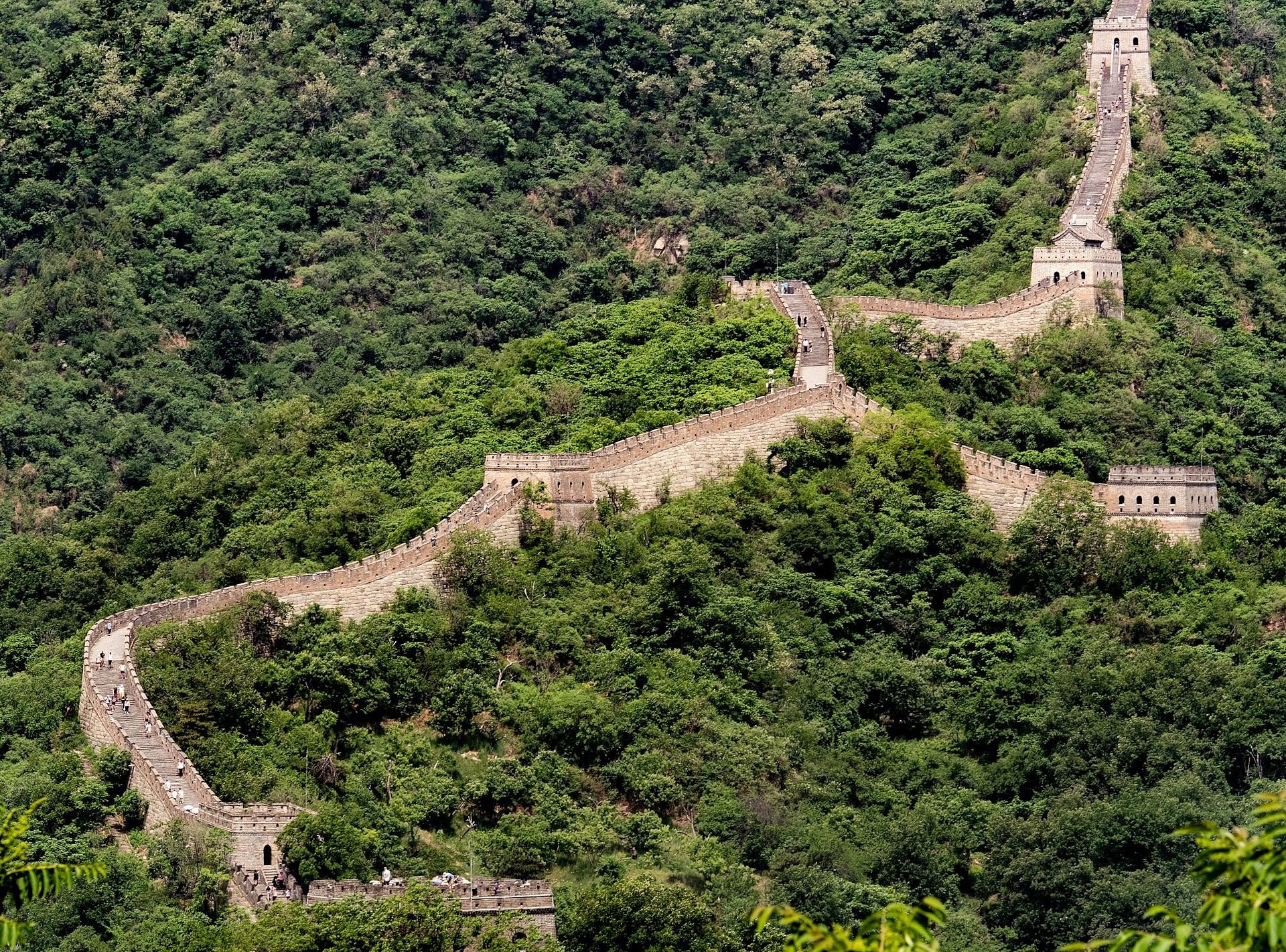
The longest of the Seven Wonders of the Modern World, the Great Wall of China spans 5,500 miles across parts of northern China. Instead of just a single piece of architecture, the Great Wall is made up of a series of walls that sometimes even run parallel to each other. Parts of the wall are made from stone, brick, wood, and earth, while others are made from the mountain ridges and rivers that make up the land. Dating back to the 3rd century BC, the wall was used to defend against nomadic people to the north while regulating immigration.
CHECK OUT: 6 Most Interesting Stories Behind Time Capsules
1. Colosseum

Last but not least is the Colosseum, rounding out the list of the Seven Wonders of the Modern World. While the rest of ancient Rome lies in rubble, the Colosseum still stands strong, contracted by Emperor Vespasian in 72 AD and finished eight years later by his successor Titus. The arena held numerous gladiator contests, holding up to 80,000 spectators as they watched battle reenactments, animal hunts, and even sea battles. After 400 years of use, the building began to fall into disrepair before being abandoned to the elements.
READ NEXT: 12 Rare Artifacts from Ancient Rome and the Wild Stories Behind Them
